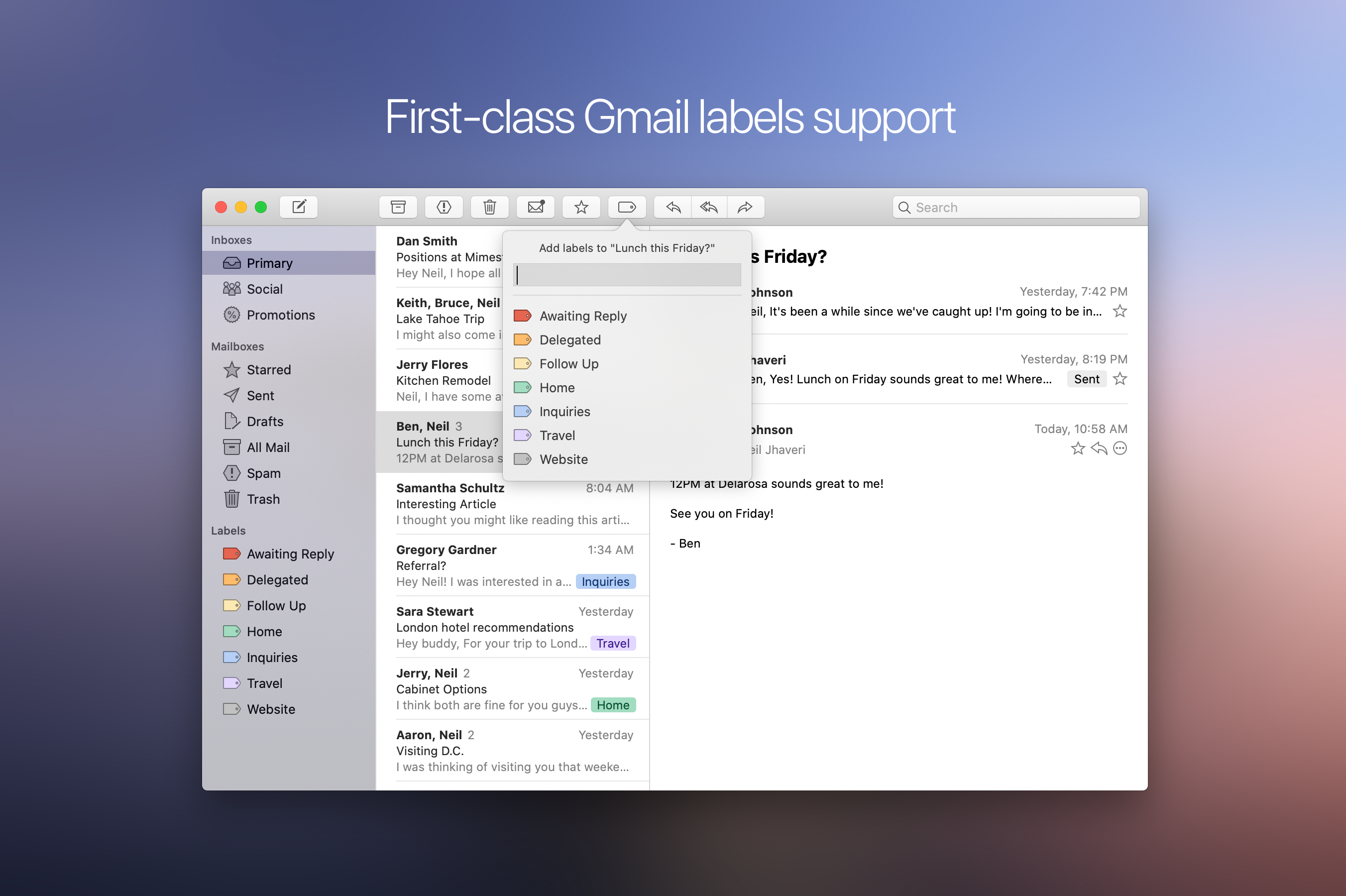
The table below summarizes the status of features: PeripheralĦ GPIO pins (PB0. The ATtiny85 is simulated using the AVR8js Library. I2C įor I2C communication use the TinyWireM library.

Attiny85 port pin pb5 serial#
The ATtiny85 doesn't have a dedicated UART peripheral, but it it still possible to get Serial Output using the Software Serial library.įor more information and demo code, please see the Serial Monitor Guide. Have the debug interface, so you obviously won't see the debugging messages, but other than that itįor a complete code example, check out the TinyDebug demo project on Wokwi. You can safely run code that uses TinyDebug on a physical ATtiny85 chip. Internal debug interface that is part of the Wokwi simulation engine, and does not use any MCU pins. The TinyDebug library works out of the box in Wokwi, without any changes to your diagram. TdPrintln ( F ( "I do not use any SRAM!" ) ) To select a core, set the "env" attribute of the wokwi-attiny85 part, e.g. Note: The ATTin圜ore is a new option and hasn't been widely tested. Learn more in the ATTin圜ore documentation.
Attiny85 port pin pb5 how to#
In our tutorial we intend to use PB1 as output let’s see what are these registers and how to configure them to make PB5 as output.

The ATtiny85 is a small 8-bit AVR microcontroller.


 0 kommentar(er)
0 kommentar(er)
